Study shows significant genetic variation in the levels of DHA and EPA within a farmed Malabar red snapper population
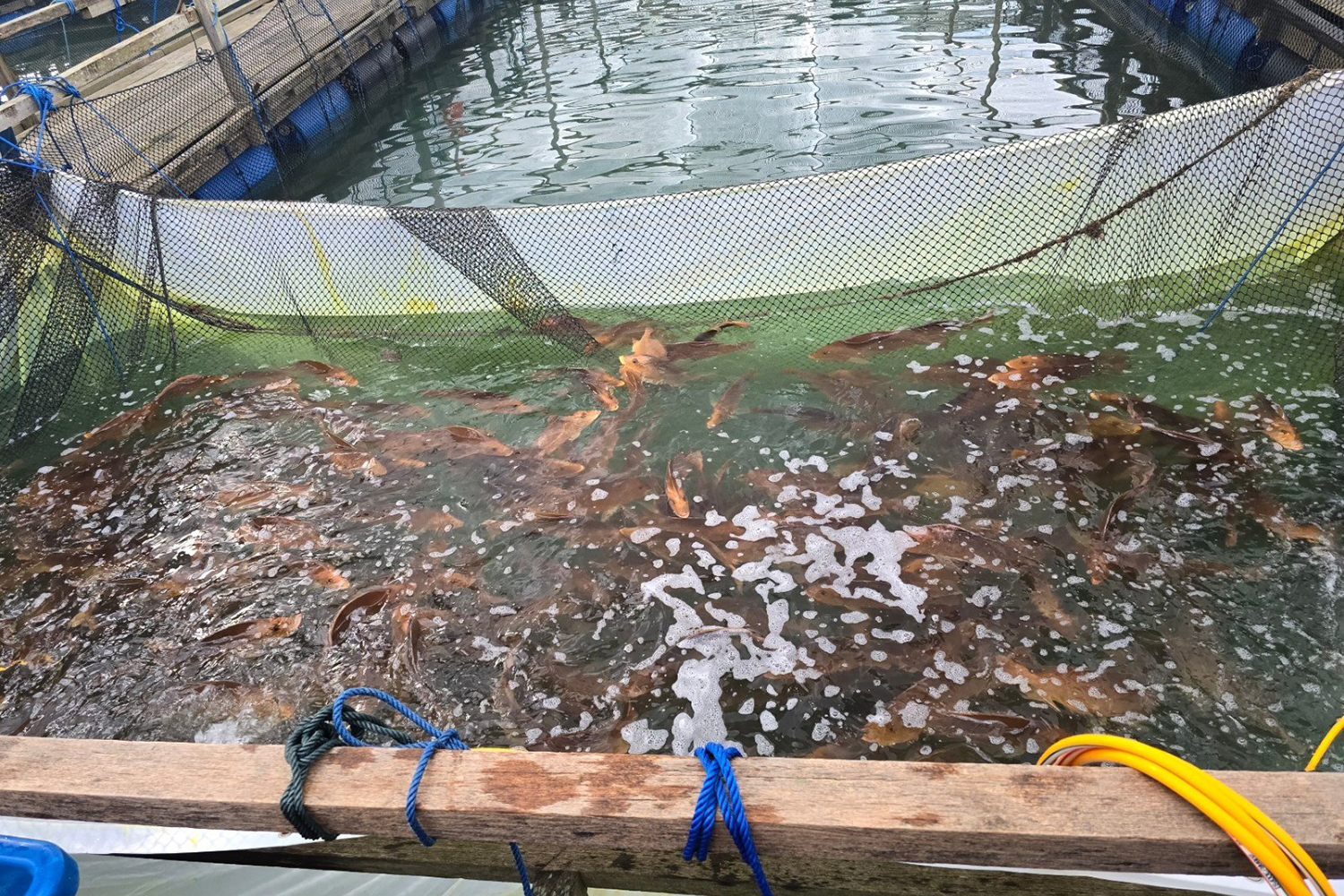
As global diets increasingly focus on health and sustainability, the demand for omega-3-rich seafood continues to rise. Omega-3 fatty acids – particularly docosahexaenoic acid (DHA) and eicosapentaenoic acid (EPA) – have wide-ranging health benefits, including promoting heart health, brain function, and reducing inflammation. These essential fatty acids cannot be synthesized by the human body in significant quantities, and seafood is a major dietary source for these fatty acids, with aquaculture products becoming increasingly important in supplying these important nutrients.
In Singapore, efforts to improve the quality of farmed fish are focused on species like the Malabar red snapper (Lutjanus malabaricus), a high-value marine species prized for both its commercial appeal and potential for nutritional enhancement. This snapper is already favored by consumers for its taste and market value, and recent research is now showing how its nutritional profile can be significantly improved through selective breeding.
This article, summarized from the original publication, reports on a study that explored how the genetic potential of Malabar red snapper can be unlocked to enhance its omega-3 fatty acid content. This novel research provides valuable insights into how selective breeding programs can be used to improve the nutritional profile of farmed red snapper, benefiting both consumers and supporting more sustainable aquaculture practices.
Study setup
To assess the potential for improving omega-3 content in Malabar red snapper, our research team conducted an extensive genetic analysis on over 600 red snapper individuals from a commercial aquaculture farm in Singapore. The primary goal of the study was to investigate the heritability of two key omega-3 fatty acids, docosahexaenoic acid and eicosapentaenoic acid, well-known for their crucial roles in human health and increasingly in demand. Improving their levels in farmed fish could present a major advantage for many aquaculture operations.
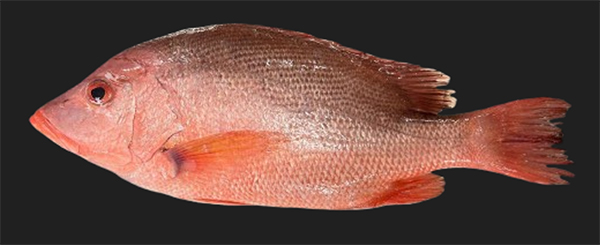
Using advanced genotyping technology, the researchers employed a custom 70K SNP (Single Nucleotide Polymorphism, a single base-pair difference in the DNA sequence of individual members of a species) array to assess the genetic variation and fatty acid composition of the fish. SNP arrays allow for a high-resolution genetic analysis, helping researchers identify specific genetic markers linked to desirable traits like increased DHA and EPA levels. This technology is crucial for identifying genetic variations within the fish population that could be targeted through selective breeding programs to enhance these traits.
The fish were raised in controlled aquaculture environments to ensure consistency in environmental factors, which allowed the researchers to isolate genetic effects on fatty acid composition. The fingerlings were sourced from several commercial hatcheries in the region, where they were raised in nursery tanks before being transferred to grow-out tanks. After approximately 18 months, the fish were harvested, and muscle fillets were collected for fatty acid profiling. The research team analyzed the fatty acid profiles, focusing on the levels of DHA, EPA, and other related nutritional traits.
The key objective of the study was to determine the heritability of these traits, which would indicate whether selective breeding could be an effective tool for improving the omega-3 content in future generations of red snapper. The study sought to establish a genetic foundation for future breeding programs aimed at enhancing the nutritional value of this important aquaculture species.
Long-chain PUFA requirements of juvenile California yellowtail
Results and discussion
The results of the study were highly promising, revealing significant genetic variation in the levels of DHA and EPA within the Malabar red snapper population. This variation is crucial because it demonstrates that selective breeding could be used to enhance these traits in future generations of fish.
Heritability of key fatty acids
The study found that DHA had a heritability of 32 percent, indicating that nearly one-third of the variation in DHA levels among the fish could be attributed to genetic factors. This means that selective breeding programs targeting DHA levels could effectively increase the concentration of this important omega-3 fatty acid in farmed red snapper. EPA showed a heritability of 29 percent. While slightly lower than DHA, this heritability is still significant, suggesting that genetic selection could also be used to improve EPA levels in future generations of this snapper species.
Most importantly, the combined heritability of DHA and EPA was determined to be 46 percent, demonstrating a strong potential for genetic selection to enhance overall omega-3 content in this red snapper. This finding is crucial for aquaculture farmers, as it indicates that selective breeding could lead to substantial improvements in the nutritional profile of farmed red snappers without compromising other important traits, such as growth rates or disease resistance.
DHA/EPA and omega-6/omega-3 ratios
In addition to high heritability for omega-3 content, the study also found that Malabar red snapper exhibited favorable ratios of DHA to EPA and omega-6 to omega-3 fatty acids. These ratios are important for assessing the overall nutritional value of the fish. The DHA/EPA ratio in Malabar red snapper was measured at 3.92, which is higher than that found in many other farmed fish species. A high DHA/EPA ratio is particularly beneficial for cardiovascular health, as both DHA and EPA are known to reduce the risk of heart disease and inflammation. Increasing this ratio through selective breeding could make Malabar red snapper even more attractive to health-conscious consumers who are looking for seafood with enhanced omega-3 content.
The study also found that the omega-6/omega-3 ratio in Malabar red snapper was lower than that found in many other species. A lower omega-6/omega-3 ratio is desirable for human health, as it helps reduce inflammation and supports overall cardiovascular health. Omega-6 fatty acids, when consumed in excess, can contribute to inflammation, so balancing the intake of omega-6 and omega-3 is crucial for maintaining health. The ability to breed fish with an improved omega-6/omega-3 ratio further highlights the potential of Malabar red snapper as a top choice for consumers seeking healthier seafood options.
Selective breeding for nutritional improvement
Selective breeding has long been a powerful tool in agriculture, where it has been used to enhance desirable traits in crops and livestock. In aquaculture, the principles of selective breeding are increasingly applied to improve the quality and nutritional value of farmed fish. The findings of this study demonstrate that selective breeding for omega-3 content in Malabar red snapper could revolutionize the nutritional quality of farmed fish in Singapore and beyond.
The role of genomics in breeding programs
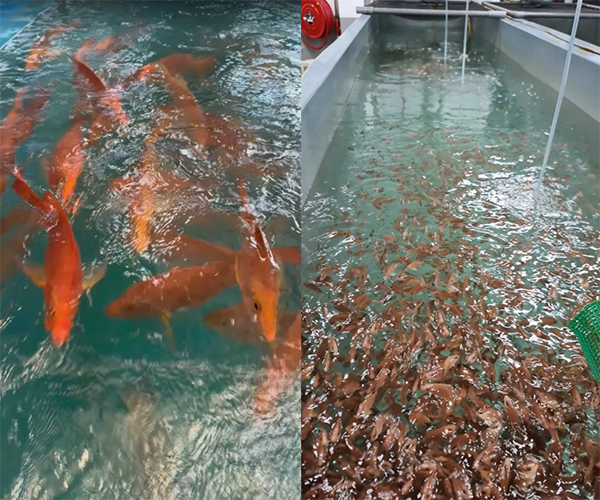
The use of genomic tools, such as SNP arrays, allows breeders to identify genetic markers associated with specific traits, such as higher levels of omega-3 fatty acids. By incorporating genomic selection into breeding programs, aquaculture farms can accelerate the process of producing fish with enhanced nutritional profiles. This approach not only improves the quality of the fish but also reduces reliance on feed supplements, which are often used to boost the omega-3 content of farmed fish.
The ability to identify and select fish with favorable genetic profiles means that future generations of red snapper could naturally contain higher levels of DHA and EPA. This reduces the need for expensive feed additives, contributing to more sustainable aquaculture practices. Genomic selection is a powerful tool that allows breeders to make informed decisions based on the genetic makeup of their stock, ensuring that the best traits are passed on to future generations.
Perspectives and relevance to Australian aquaculture
Study results provide a strong foundation for selective breeding programs aimed at improving the nutritional quality of Malabar red snapper. By focusing on the genetic factors that influence fatty acid composition, the aquaculture industry can produce fish that are naturally have higher omega-3s levels, offering greater health benefits to consumers. The ability to enhance DHA and EPA levels through selective breeding presents an exciting opportunity for aquaculture operations to improve the nutritional value of their products while maintaining sustainability.
This research has significant implications for the Australian aquaculture industry. The sector is rapidly expanding, particularly with high-value species like snappers. As Australian consumers become more health-conscious and demand seafood rich in omega-3 fatty acids, the ability to selectively breed Malabar red snapper with enhanced nutritional traits presents a unique opportunity.
By implementing selective breeding programs based on the findings of this study, Australian farmers could increasingly meet the growing demand for omega-3-rich seafood while also improving the sustainability of their operations. Selective breeding for improved fatty acid profiles could also strengthen Australia’s position in global seafood markets, where the demand for high-nutritional-value fish continues to rise.
For Australian consumers, the availability of locally farmed red snapper with higher omega-3 content could contribute to better public health outcomes by providing an accessible, nutritious seafood option. Moreover, reducing reliance on imported fish oil supplements in feed aligns with Australia’s sustainability goals and supports the growth of the local aquaculture industry.
As Australia continues to invest in aquaculture, particularly in regions like Queensland and Western Australia, selective breeding programs like the one outlined in this study will play a crucial role in shaping the future of the industry. The ability to produce fish that are both nutritious and sustainably farmed will help Australia remain competitive on the global stage while contributing to the nation’s food security and economic growth.
Now that you've reached the end of the article ...
… please consider supporting GSA’s mission to advance responsible seafood practices through education, advocacy and third-party assurances. The Advocate aims to document the evolution of responsible seafood practices and share the expansive knowledge of our vast network of contributors.
By becoming a Global Seafood Alliance member, you’re ensuring that all of the pre-competitive work we do through member benefits, resources and events can continue. Individual membership costs just $50 a year.
Not a GSA member? Join us.
Author
-
Dr. Kathiresan Purushothaman
Research Fellow, James Cook University, Singapore
Tagged With
Related Posts
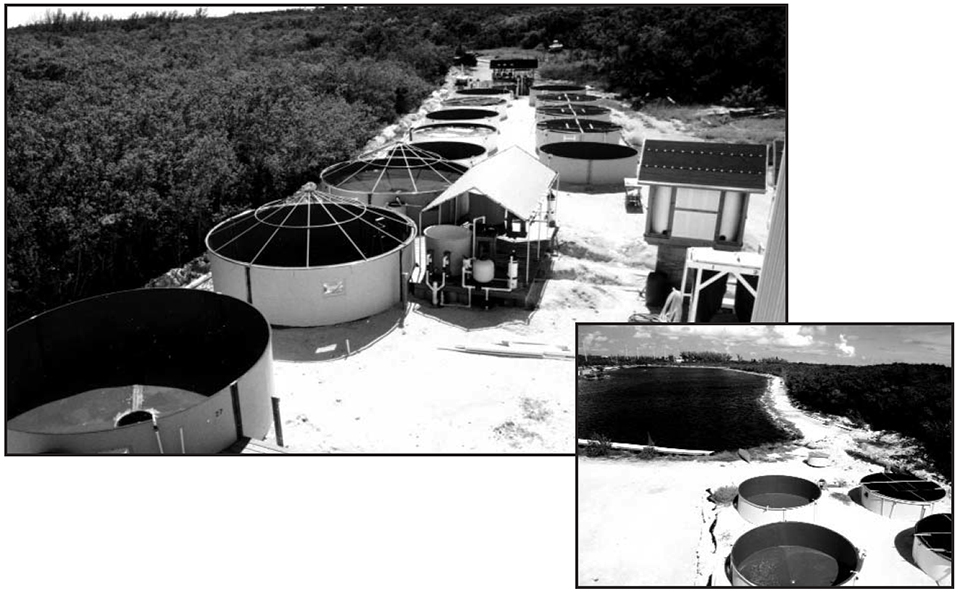
Intelligence
Commercial marine finfish hatchery in the Florida Keys reports on first production trials of mutton snapper
Grassy Key Aquatic Center and the University of Miami combined to refine aquaculture technology of mutton snapper other marine fish species.
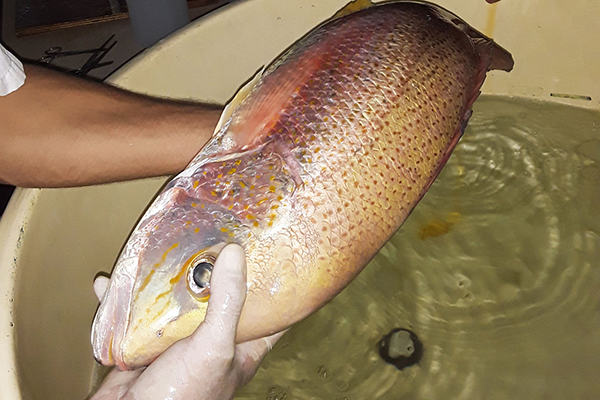
Health & Welfare
Martec and Xelect partner on spotted rose snapper genetics program
Costa Rica's Martec has partnered with Scottish genetics company Xelect to ramp up production of spotted rose snapper through modern techniques.

Fisheries
The hidden benefits and risks of partial protection for coral reef fisheries
Partial protection of coral reef fisheries can boost production, ease fishers’ efforts and ultimately alter the composition of their yields.
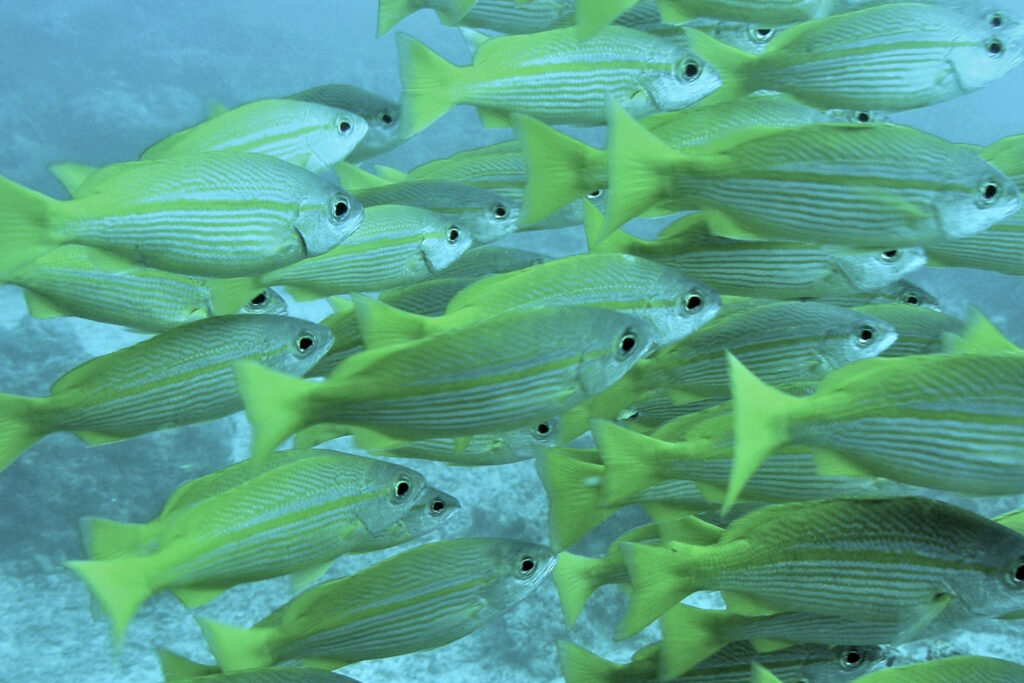
Fisheries
Sustainability status of data-limited fisheries: Global challenges for snapper and grouper
Developing alternative sources of information could help determine the status of snapper and grouper fisheries, as well as other data-limited fisheries.



